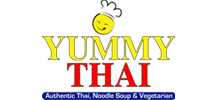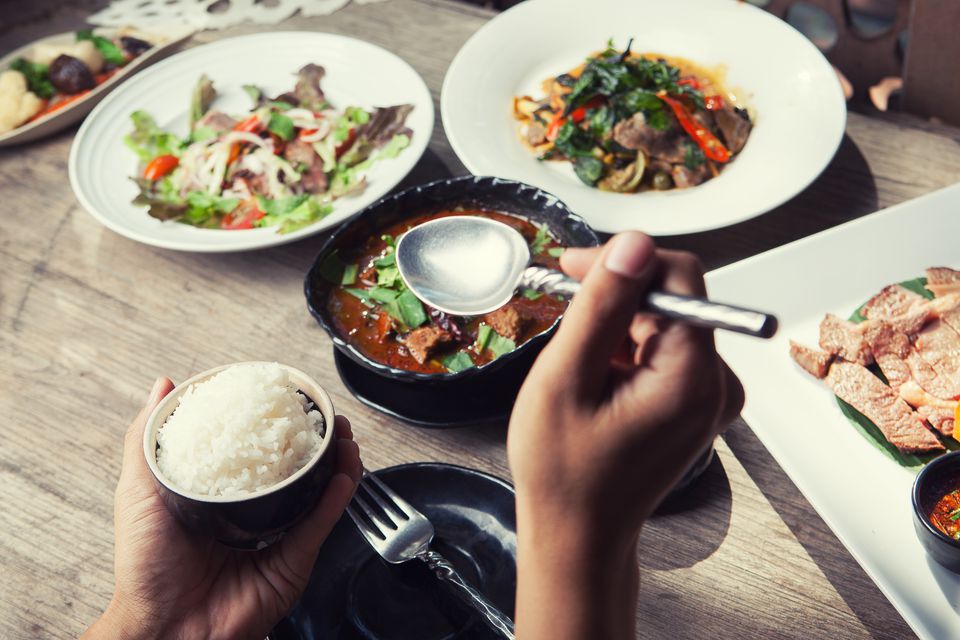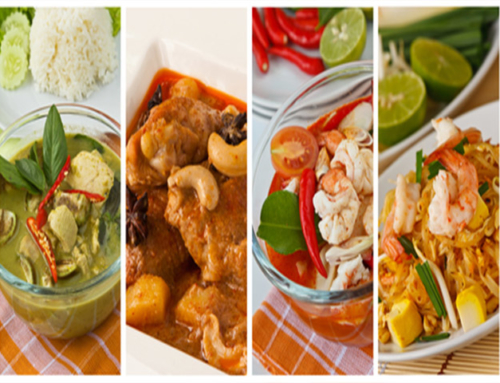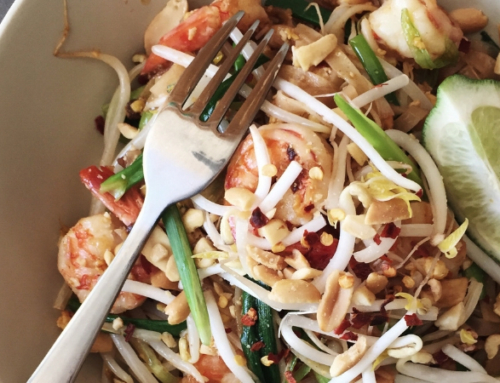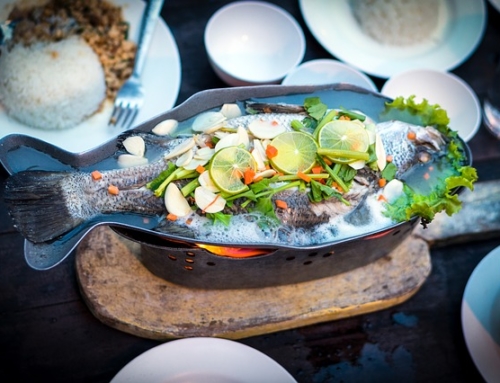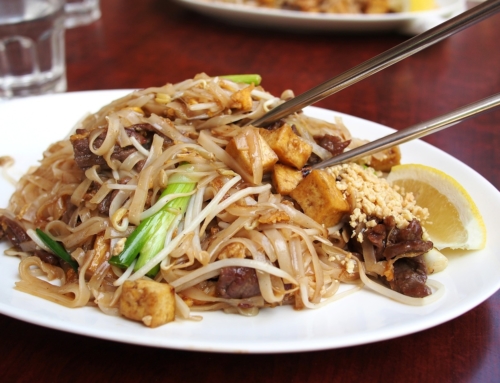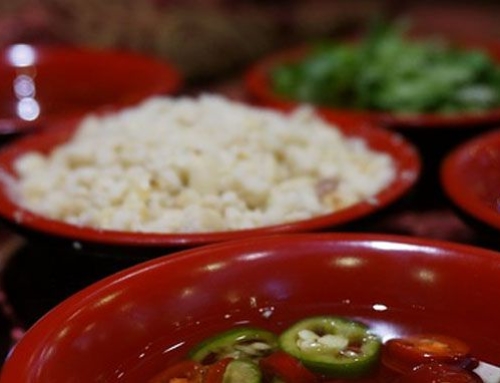Much of using table manners in Thailand and observing proper food etiquette is familiar and common sense. Don’t talk with your mouth full, don’t point with your fork, and so on. But there are a few rules of table etiquette in Thailand that differ from the West.
Table Manners & Food Etiquette in Thailand
Where to Sit
Unlike in the West where the “head” of the table is the most important, the host or highest ranking person usually sits at the middle of the table in Thailand. If you are the honored guest, you will sit opposite of the host so that you can more easily talk.
Wait until you are seated; someone will undoubtedly show you your chair. If sat on bamboo mats on the ground, always position yourself in a way that you can avoid showing your feet to anyone while they eat.
Dining Solo
If you are dining solo in a busy restaurant, you may be asked to share a table with a group who has one empty seat. If this happens, there is no obligation to force small talk or attempt to interact with the other party at the table.
Utensils
In Thailand, chopsticks are really only used for standalone noodle dishes. Even if you prefer chopsticks and want to show that you know how to use them politely, Thai people don’t use them for rice-based dishes.
Thai people eat with a spoon in the right hand and fork in the left. The spoon is the primary utensil; the fork is only used to manipulate food. Only items not eaten with rice (e.g., chunks of fruit) are OK to eat with a fork.
There won’t be knives on the table, or anywhere outside of the kitchen for that matter; food should already be in bite-sized pieces. If you need to cut food smaller, use the edge of your spoon to cut it, resorting to the fork only if necessary.
Slow Down and Enjoy
Unlike other hurried cultures, eating in Thailand is generally enjoyed slowly. Don’t be in a rush to finish dinner and get on to other things. You don’t want to be staring at an empty plate while everyone else talks and picks for another hour.
Slow down, socialize, and be present. For obvious reasons, avoid spending time on your smartphone at the table.
Finishing Up
At the end of the meal, ideally, your plate should not look like a crime scene. Consolidate all the inedible pieces (e.g., stalks of lemongrass, bones, etc) on one side of the plate. The same applies to dropped rice and food bits: there shouldn’t be anything left on the table around your bowl.
Try not to leave food on your plate, particularly meat and vegetables from the main dishes.
To indicate that you are finished eating, place your spoon and fork together on your plate.
Time to Pay
At the end of the meal, don’t immediately reach for the bill to check the damage. And certainly don’t argue over who will pay. Your host may have already asked for the check, or the group may be planning to split it.
Per custom, the host or more senior — often the perceived wealthiest — person at the table is expected to pay. In some instances, particularly in relationships between Thais and Westerners, the farang (foreigner) is expected to get the check. Fortunately, food in Thailand is typically very affordable.
If you offer to chip in, do so only once, and don’t insist if your offer is declined.
Tipping in Thailand isn’t customary in authentic restaurants, however, you can allow the staff to keep the change if you like. A service charge is often already added to the bill in nicer restaurants.
If you want to try The Best Thai Restaurant in Flowermound come visit us at Yummy Thai Flowermound Texas! Click here to view our delicious range of Thai dishes!

